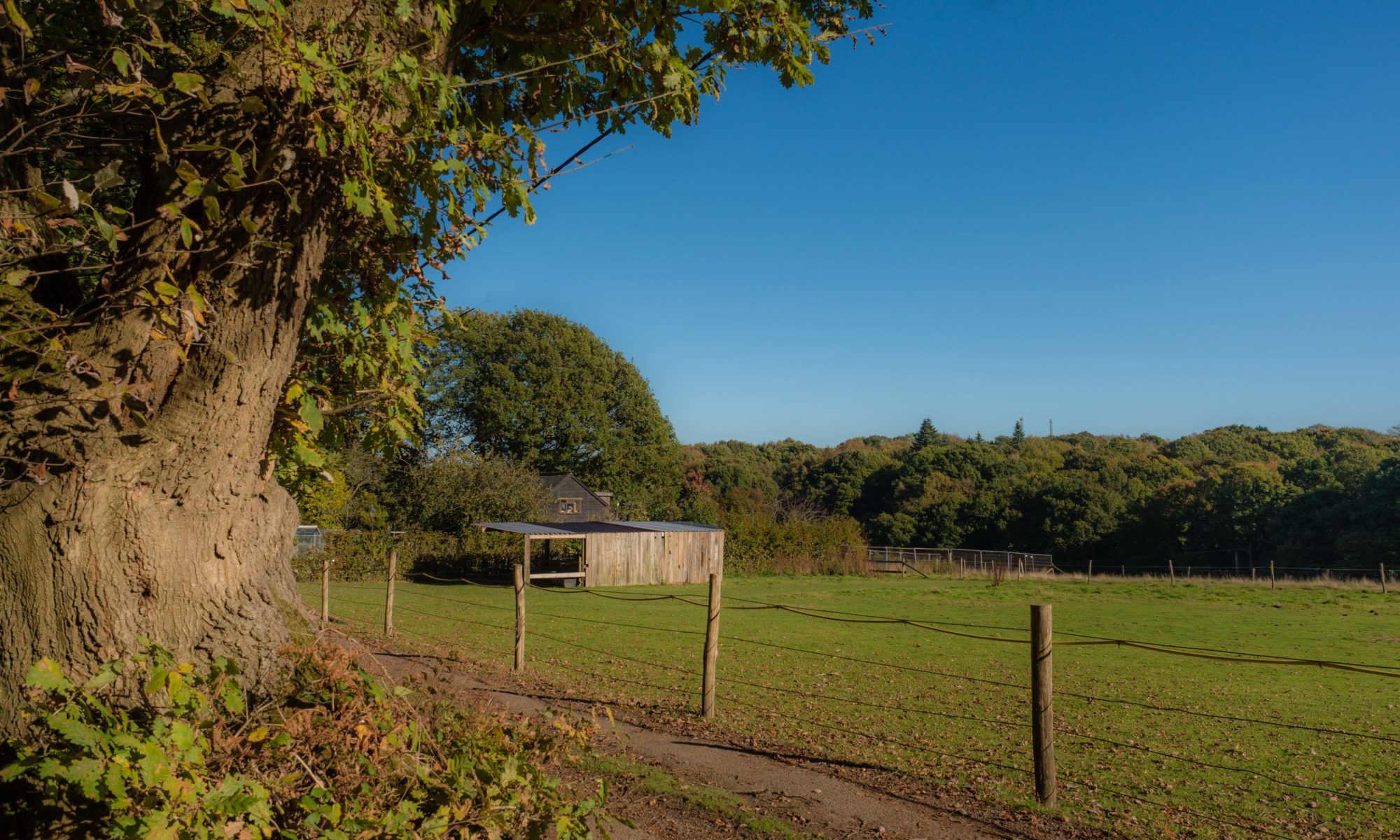Layberry Foundation…
Tree of Life… The adoption of a Logo…
The logo of the Layberry Foundation is the Tree of Life. The Layberry Foundation is based on Wood Farm in the Sevenoaks district of Kent, with over 20 acres of ancient woodland… Wood Farm has a unique atmosphere and the intention of the Foundation is to preserve it for the benefit of future generations particularly vulnerable and disadvantaged young people. Since the current owners purchased the farm in 1977 it has been a haven for people including foster children who are struggling to come to terms with the difficulties they have experienced in life. Its gates have been open to people who are homeless, people in emotional turmoil even people lost and hungry. None have been turned away, all have found some peace and security by being in the environment.
The Tree of life is present in different philosophies cultures religions and bioscience. It symbolises the integration of thought emotion myth and legend unlike no other symbol. Wood Farm is in a direct line with Darwin’s Bank where Charles Darwin did much of his research in to evolution. Darwin’s “Great Tree of Life Evolution Theory” talks about the first growth of a tree… “many a limb and branch have decayed and dropped off. These lost branches of various sizes may come to represent those whole orders, families and genera which have now no living representatives and which are known only as having been found in a fossil state…. As buds give rise to growth of fresh buds…. And these if vigorous, branch out and overtop on all the feebler branch, so by generation I believe it has been with the Tree of Life which covers the earth surface with its ever branching and beautiful ramifications” Darwin 1859.
Further back than Darwin… Ancient Egyptian paintings depicted a “sacred tree” often above and beside a spring which contained the “water of life” African cultures have several myths and legends which suggest human kind was born from a tree. In ancient China trees in the vicinity of tombs or temples were protected as it was believed that spirits and gods resided in them.
The Bodhi tree under which Buddha sat when he attained enlightenment is both a classic representation of the axis of the world and “tree of life” The Vedic teachings in India attached great importance to trees such as the Banyan and Peepal which symbolise patience and tolerance… “These trees are completely dedicated to the welfare of others. How great they are that they bear storms, rains, snow and scorching sun and they protect us” In Indian tradition Lord Brahma the creator of the universe is the root of a tree. The trunk of the tree Lord Vishnu the protector and preserver. The Tree of Immortality appears in the Quran and relates to the Garden of Eden The Quran shows only one tree in the Garden the Tree of Life. The Christian Biblical story of creation suggests God planted trees in the Garden of Eden laden with delicious fruit, two of these trees became known as the Tree of Knowledge and Tree of Life. In Ancient Hebrew the Tree of Life was a key factor illustrating the underlying unity within the universe. The Ceiba Tree of Life represents transition for the Mayons. The Celtic Tree of Life is one of the most popular motifs in Celtic Art. Celtic peoples greatly revered the tree. To them trees held a specific significance as guardians of wisdom. The Celts often saw their lives mirrored in the natural world around them.
One example of Celtic tradition relevant to the work of the Layberry Foundation is…
Each tree aims to achieve the greatest height so that it may get more light. In life this can reflect the desire to achieve. A trees growth depends on the strengthening of its trunk to support the anchoring of its roots firmly in the soil. In human growth this symbolises the importance of firm foundations to progress physically and emotionally, we require these foundations “roots” that are continually strengthened by our positive experiences “trunk” to allow our aspirations “leaves” to reach the light…
Each of the philosophies, cultures, religions and science mentioned above show the Tree of Life as protection and welfare of others, a place of shelter, a symbol of tolerance, patience, enlightenment, transition and integration. The Layberry Foundation in adopting the Tree of Life as its logo wishes to establish these guiding principles in its work with vulnerable people, offering something life affirming, meaningful and in some cases, life changing. A place where plans can be formed and supported, to enable individuals to reach their potential and lead fulfilling lives beyond their time with us…

